Many turf professionals must face the worry of their facility closing at some point in the winter due to the extremes of weather we can experience in the UK. A strong bout of rain, frost or heavy snow, can have severe consequences for clubs who find it difficult to cope with these conditions.
Keeping pitches playable at this time of the year is tough task for all those involved. There will be plenty of winter games pitches, particularly at the lower levels of the league structure and some school pitches, that have become very worn due to constant play during the winter months.

February is usually one of the most difficult months of the year for maintaining grass pitches, particularly those that have no surface water drainage systems installed.
Most soil-based pitches will, and can, often remain saturated for long periods of time during the winter. It is during these times that surface damage can occur. Often, there is plenty of pressure on facility managers to get matches on, whatever the weather; no one likes postponed or cancelled games.
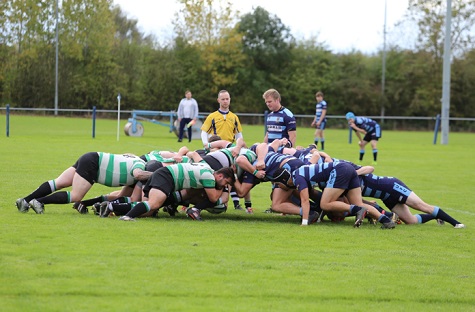
Training pitches are even more prone to damage, often having to accommodate many age groups and two or more training sessions per week. To reduce wear, rotate where the teams train. With the pitches remaining wet it is often quite difficult to get machinery on to aid recovery, sometimes you can cause more damage by trying to do something.
Soil structures are easily damaged when wet. The decision to play a fixture should be down to the turf professional / manager who knows the facility and understands the consequences of playing one game too many, particularly now when grass growth is slow or dormant due to the low soil and air temperatures.
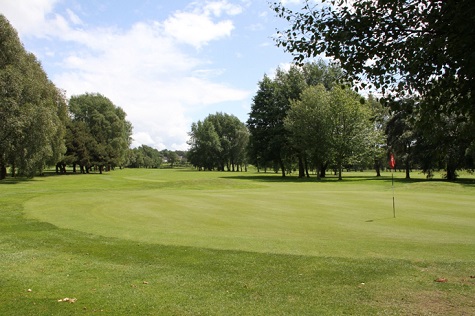
As for golf clubs. it is often the heavy soil, parkland golf facilities that take the brunt of any poor weather, especially after heavy periods of rain, when the soils can become saturated. It has certainly been difficult for many course managers trying to ensure their course remains open for play. However, once soils get saturated they are prone to damage; quite often courses are closed not because the greens are wet, but due to the condition of the fairways and traffic routes across the course.
Many parts of the country have endured long periods of wet weather, resulting in the local soils becoming saturated and remaining wet for long periods. Every time it rains the water tops up the already saturated grounds, resulting in local flooding of land in the low spots; even the brooks and streams have become full to bursting, often adding to the water problems.

With the soil full of water, the drains are at capacity and in full flow, which again adds to the flooding problems. To help alleviate the potential of flooding, it would pay to invest some time and money in ensuring all your drainage ditches are kept clean and able to cope with this influx of water. Also, keep your brooks and streams clear of debris and free flowing.
High winds in January / February can often cause structure and tree damage. It is imperative to inspect, record and make the site safe. Any structure or tree debris that has fallen and can be considered a hazard, must be fenced off or removed in the interests of public safety.
Golf’s winter construction and repair works are ongoing. This is often associated with drainage improvements around the course or may include refurbishment, new build or extensions to bunkers, tees and greens.
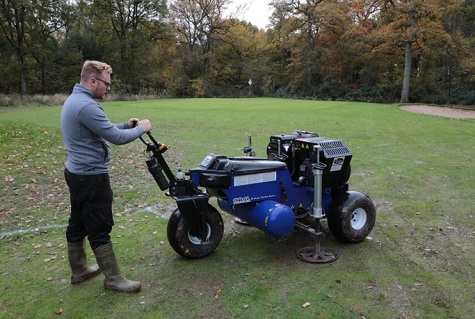
February is also a good time to carry out repairs and maintenance to fence lines, seating and other structures around the course. You may get some favourable weather for painting and repairing these structures.
As for tree and shrub planting, now to March is a good time to plant bare rootstock trees. They tend to be cheaper than containerised plant materials. Be sure you prepare the ground well before planting.
It is key to get any winter projects completed before March. A recent visit to my local bowls club, Newport in Shropshire, enabled me to catch up with head greenkeeper John Breeze who, with friend Andy, was completing some ditch repairs to the green. Doing the work themselves, instead of hiring a contractor has probably saved the club money.
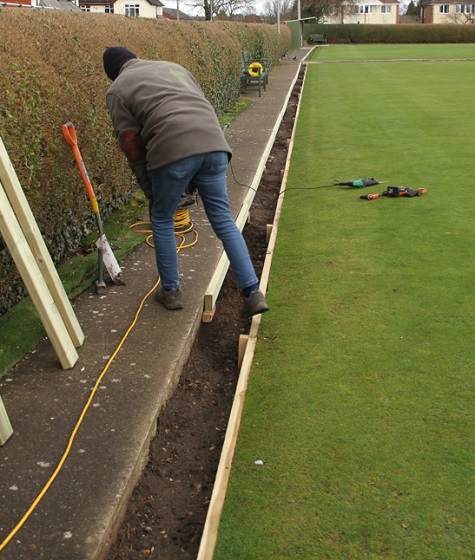
From now to March it is a key time to get prepared for the new growing season. The recent mild weather will have stimulated some growth. Your mowing equipment should have been serviced and repaired and ideally ready to start some initial cutting regimes.
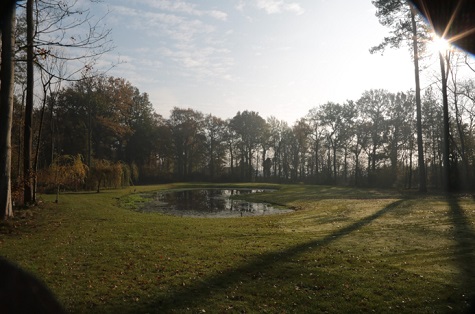
Fertiliser programmes are tailored to suit the grass plant’s needs. In recent years we have seen several new products and bio stimulants that can be applied during the winter months to aid recovery and help the plant resist disease pathogens.
Most turf grasses are dormant, slower growing. However, some greenkeepers may apply some liquid iron to keep the turf healthy and strong. USGA greens often do require some top up feeding during the winter to maintain nutrient status of the green.
February is a good time to take soil samples and get them sent off for analysis, thus enabling you to get them back in time to start your new year's maintenance.
Ideally, if you have not had one done before, you should have a full Particle Size Distribution (PSD) soil analysis done to tell you the actual make up of your soil profile.
Soil is made up of percentages of clay, silt and sand. The PSD Analysis will identify the ratio of these and confirm soil type, thus giving you a better understanding of what soil you are dealing with. Also, you can establish the amount of organic matter (OM) content as well as soil nutrient status and soil Ph. With this information you will be able to identify the needs of your soil.
Diseases can still occur in February, particularly after snow cover. It is important to keep dew off grass surfaces. Allowing the sward to dry out helps prevent disease attacks. The use of switching canes and brushes can be used to remove these dew deposits.
Moss may also be quite prevalent at this time of year due to lack of turf vigour and low levels of light intensity. For many areas it is just a slight winter 'nuisance' and soon disappears when spring return.